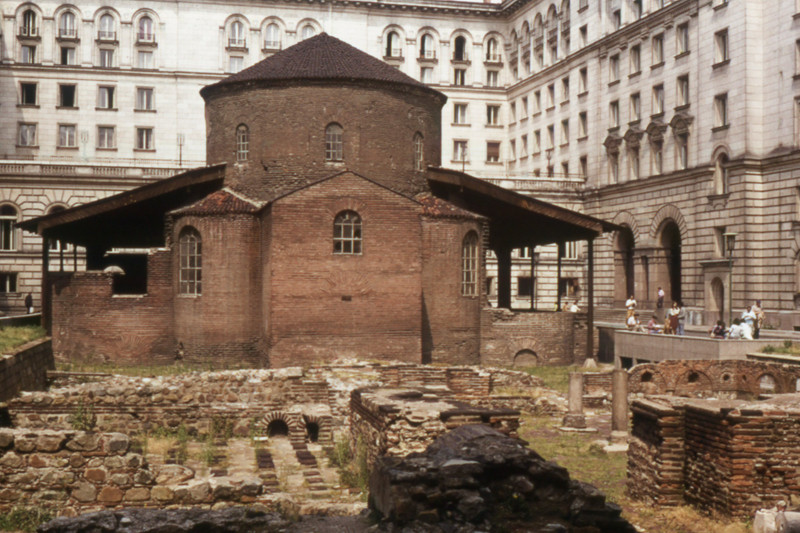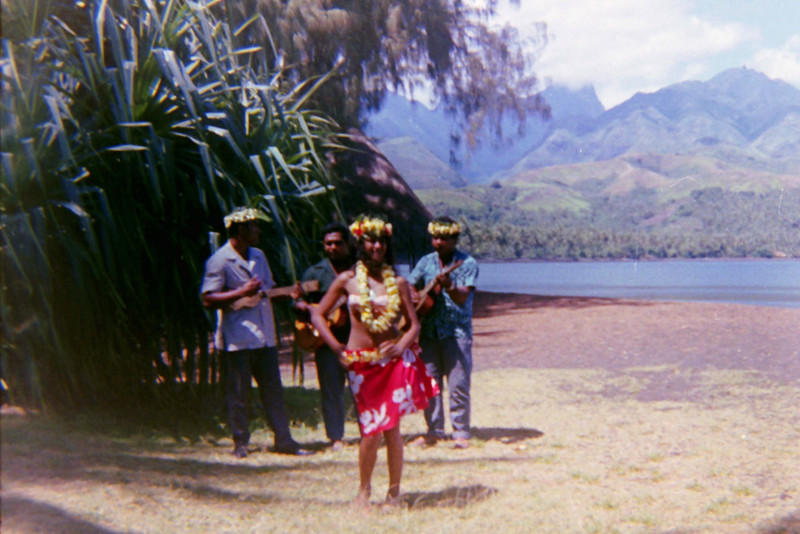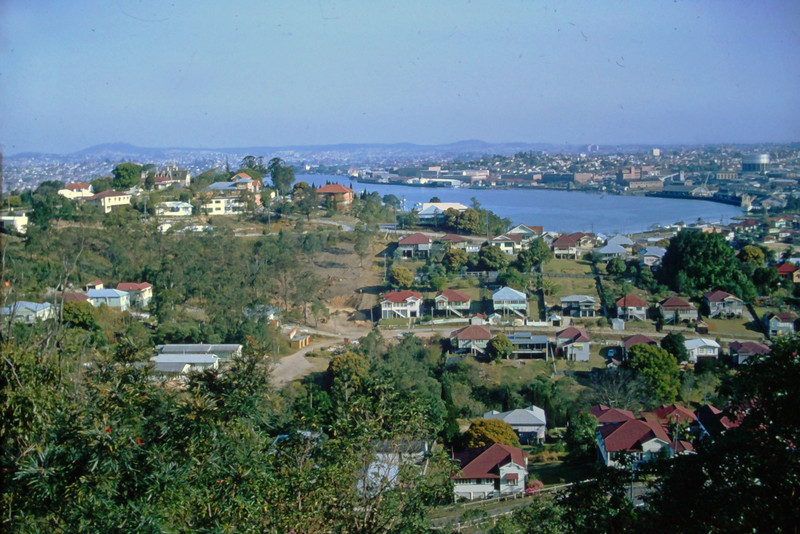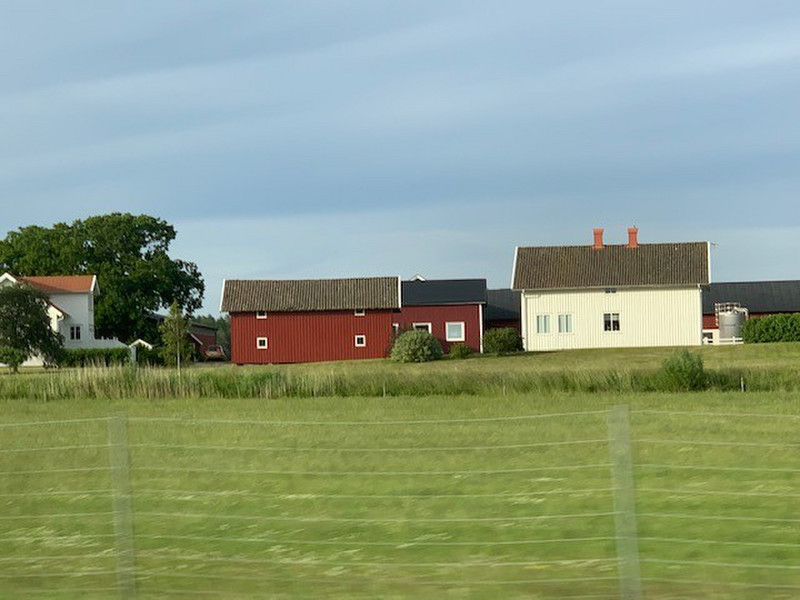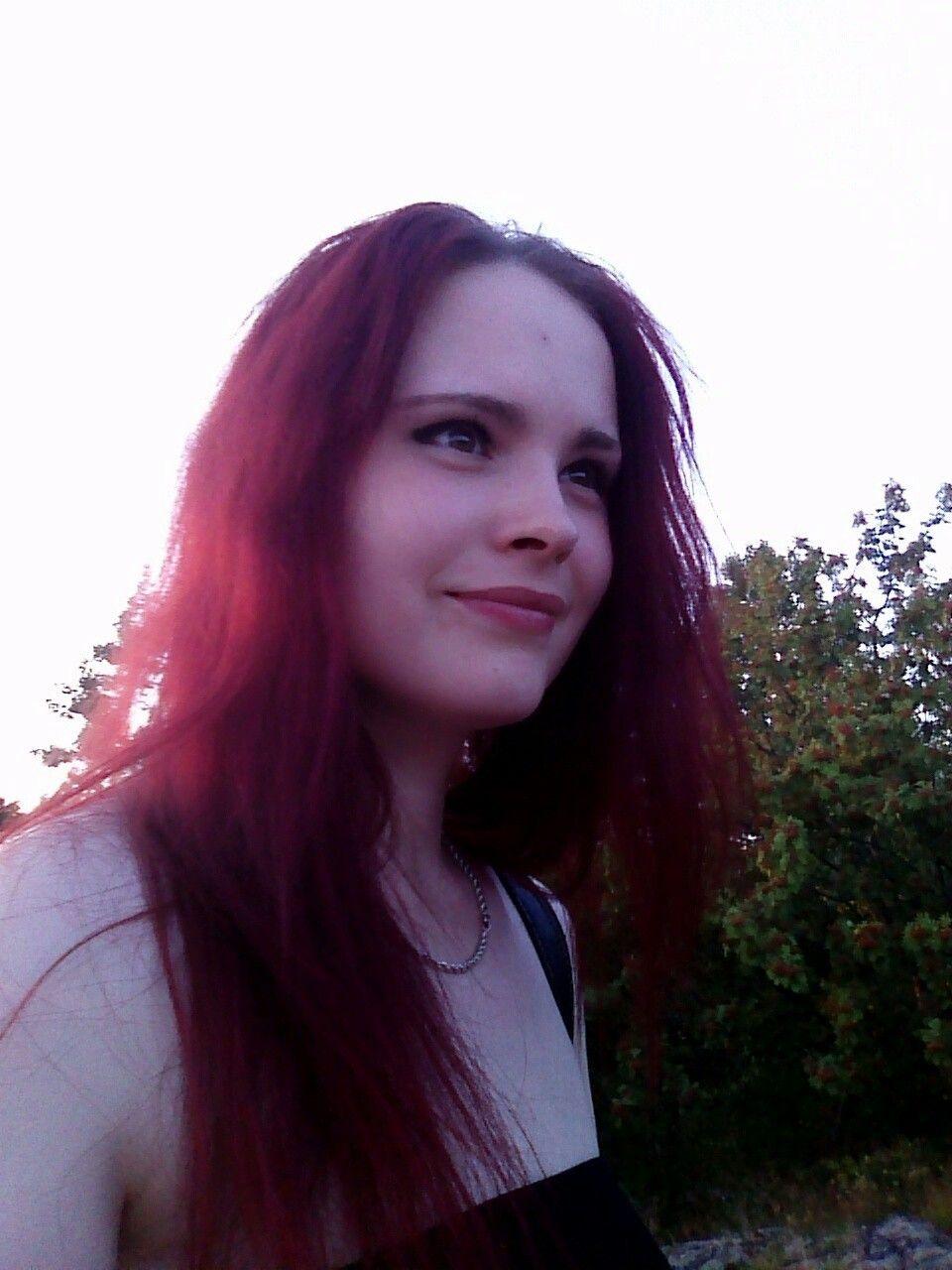Rotonda Sveti Georgi - Church of St. George. The structure is a brick Roman rotunda (basilica) dating to the 4th century. Became St. Georges Church. Ruins of Roman Serdica surround the church. EE1975126
I had not associated Sofia with the Romans. But I learned that the Roman city of Serdica formed the origins of Sofia. The Church of St. George, built in the 4th Century as a Roman basilica, is a vivd reminder of the Roman origins of Sofia. Its been a Roman public building, a Christian church, a mosque during the Ottoman period, and an active church into the present day. Other Roman ruins of Serdica were scattered about in the courtyard.
A monument that did not last nearly as long was the Georgi Dimitrov Mausoleum. This was the resting place of Georgi Dimitrov the first Communist leader of Bulgaria. An honor guard in dress uniform was stationed at the mausoleum when we saw it. (It was demolished in 1999 and Dimitov interred elsewhere.)
One thing about Sofia was that all of the main sights downtown, including the ornate Alexander Nevsky Cathedral, were in a relatively small area near the hotel. So, for the afternoon, we headed to the Vitosha Mountains surrounding the city. A unique geological feature found in Vitosha is the stone river or, properly, a stone run. Stone runs are accumulations of boulders with no granular material
Guards at Georgi Dimitrov Mausoleum. The mausoleum held the remains of Bulgarian Communist leader Georgi Dimitrov Demolished in 1999. EE1975128
between them They appear as though they could tumble, but are fixed in place by the process of their formation.
